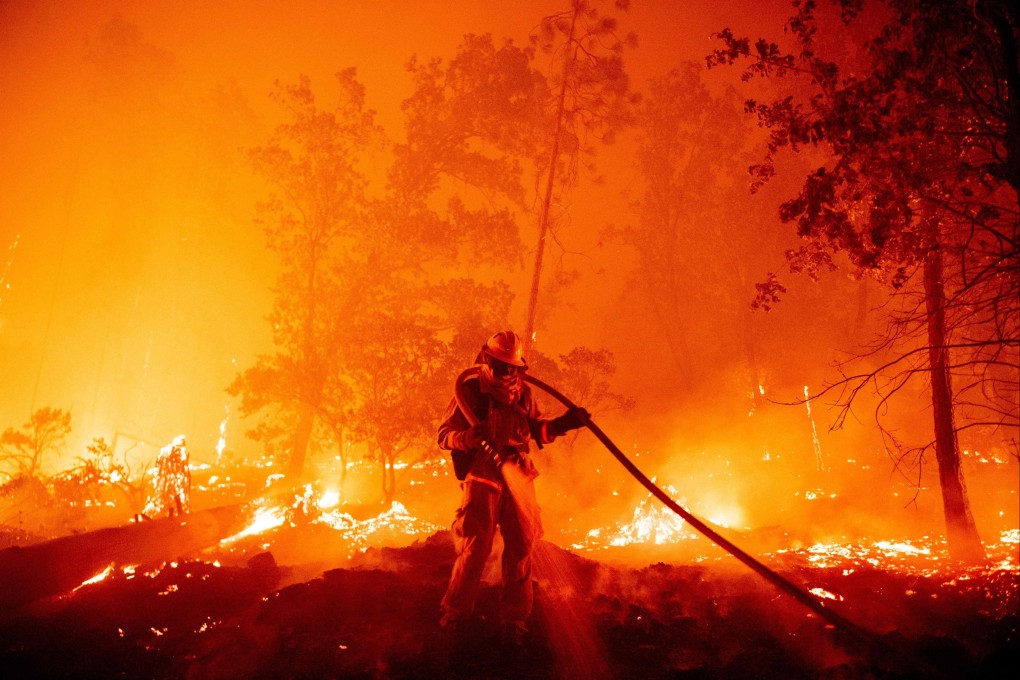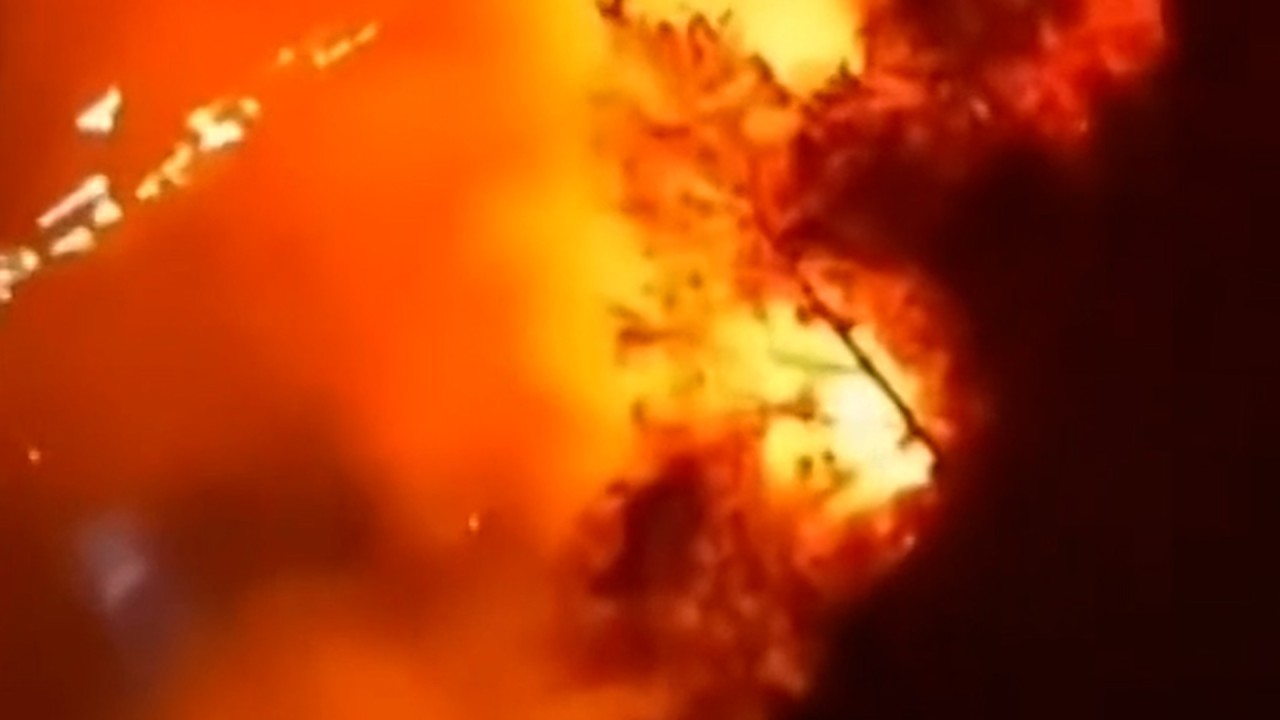How wildfire smoke disrupts local weather – and fuels more extreme blazes
- Chinese and international researchers examine wildfires in North America and Southeast Asia for clues to relationship between blazes and the weather
- Academic sees need for real-time forecasts to spot sensitive areas and take preventive action, such as spraying water, before fire takes hold

When Ding Aijun was studying meteorology at Hong Kong Polytechnic University two decades ago, on chilly spring days he saw a blanket of smoke in the sky caused by forest fires burning in Southeast Asia.
It made him wonder how air pollution interacts with weather and climate to affect people’s health around the world.
Now, after leading a team from Nanjing University and international collaborators, Ding has revealed that wildfire smoke, once in the atmosphere, can quickly change the weather and cause fires to spread.
“Wildfires are often seen as a result of unfavourable weather conditions, such as strong winds and dry air. We were surprised to see they have a very strong ‘feedback’ effect on the weather which actually fuels their own growth,” said Ding, of Nanjing’s school of atmospheric sciences and lead author of the study.
“While extreme fire disasters have been widely studied on long-term climate scales, it’s important to understand how they work at a short-term, regional scale because it enhances our ability to actively manage them in the future,” he said.
